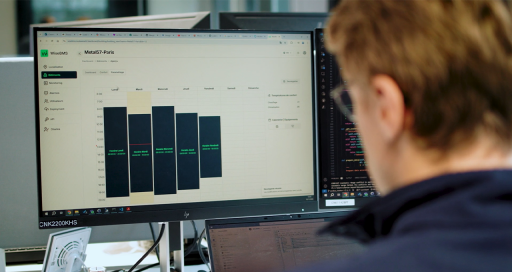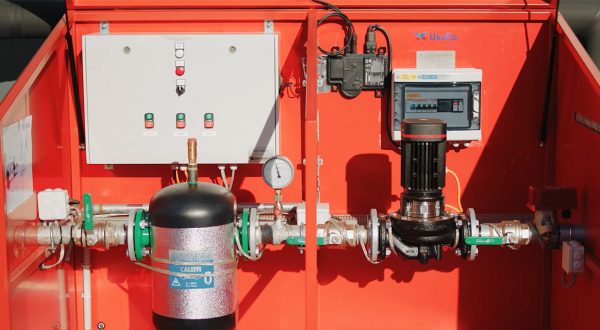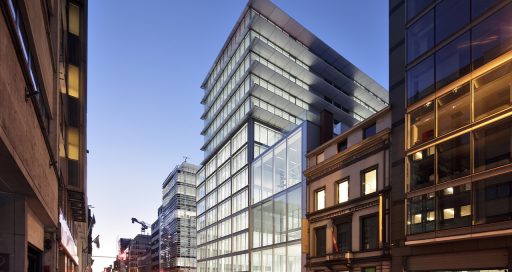Using AI models to predict thermal inertia in a building, the WiseBMS solution developed by a VINCI Energies business unit enables savings of up to 40% on heating and climate control.

In the face of climate change, increasing electricity costs and regulatory constraints, the need to manage tertiary property assets with a focus on energy efficiency is becoming increasingly clear. With the measures imposed by the BACS decree and the Tertiary decree on energy consumption now requiring property owners to implement building management systems (BMS/BAS) to ensure effective control of the various equipment installed, many new technologies are competing for space in this extremely promising market.
Nodewise, a business unit specialised in the development and installation of digital systems to enhance energy performance in tertiary spaces, recently launched WiseBMS, its intelligent heating and climate control management solution based on artificial intelligence models.
Financed by VINCI Energies Building Solutions and a winner at the VINCI Environment Awards, WiseBMS uses weather forecast data to predict energy consumption in buildings in as much detail as possible.
Predictive BAS – agnostic solution
“Our innovation is to make reactive building automation systems (BAS) predictive,” says Julien Roca, Business Unit Manager at Nodewise. “Modelling a building’s thermal behaviour allows us to calculate the optimal parameters for all the equipment to obtain savings of up to 40% on heating and climate control, which on average make up 60% of energy consumption in tertiary property assets.”
“The savings are always greater than the subscription cost.”
With periodic retraining, the AI models used in the solution manage the building zone by zone and 24/7, with remote monitoring of thermal comfort levels and the models’ performance. Nodewise also opted for open communication protocols – WiseBMS is technologically and commercially agnostic, meaning it is compatible with any model of BAS and able to communicate with the equipment producing heat and cold (boilers, heat pumps, cooling units) or emitting them (fans, radiant panels).
Energy and carbon savings
Nodewise recently applied its solution to the BAS in a handful of tertiary buildings, using the IPMVP (International Performance Measurement and Verification Protocol) framework, which defines standards for energy efficiency projects.
The good news for Nodewise is that the environmental consultancy Greenaffair has already validated the tool’s performance in these initial testing grounds, which include the Cinetic building – the France Travail headquarters in Porte des Lilas, Paris.
“Over three summer months, the AI achieved an average 17.9% saving on energy consumption due to climate control. And over the three winter months, it reduced consumption for heating by 20.5%,” says Julien Roca.
Another key consideration in building this innovation was the economic model. “The ultimate aim is to generate energy and carbon savings. By the same token, we wanted to offer a subscription-based solution adaptable to the systems in place. According to our benefit studies on the demonstrators, the cost of the solution is less than the savings achieved,” explains Julien Roca.
How does WiseBMS work?
The WiseBMS solution developed by Nodewise works in four phases.
- Data collection and analysis: Nodewise collects and analyses archived data (if available) from the building’s BAS to calculate the potential benefits to be gained using the WiseBMS solution.
- Connection with the building: the solution connects to the building and its equipment via the BAS network in order to continuously gather internal data – and relevant external data, chiefly relating to the weather.
- Calibration of the AI models: the artificial intelligence analyses all this data to understand how the building and its equipment functions and the influence of external factors.
- Real-time optimisation and continuous improvement: data about the building and external factors is sent in real time to the AI algorithms, which periodically calculate the optimal configuration of the HVAC equipment to reduce energy consumption while ensuring user comfort. The optimised parameters are then adjusted automatically and can be monitored via a dashboard. The AI models constantly refine themselves over time.
11/14/2025
Learn more:
Watch the Video





